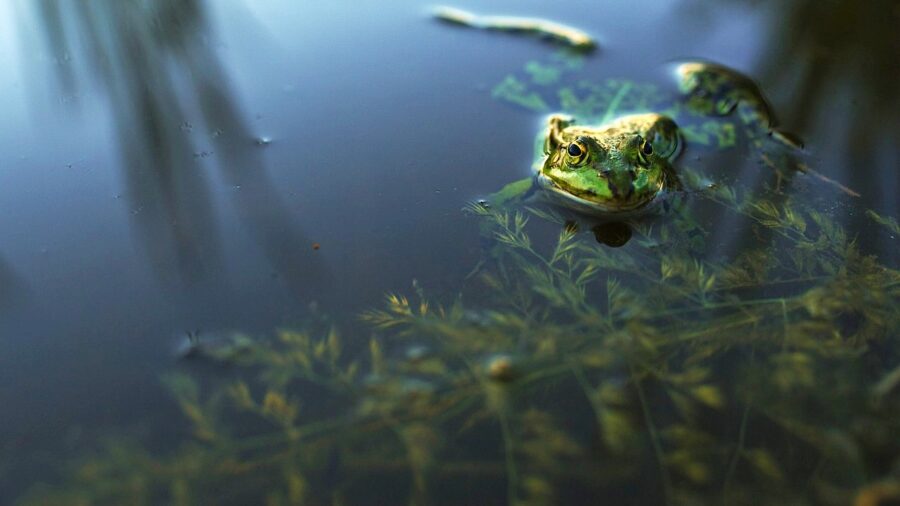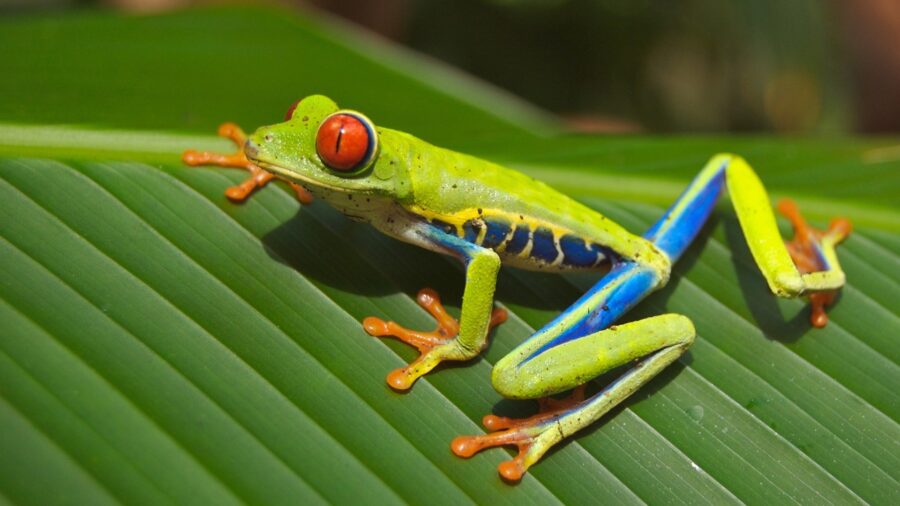Scientists Say Amphibian Species Are Now Disappearing At An Alarming Rate

Science Alert reports that an alarming amount of amphibians are becoming extinct based on the most recent global assessment. Since the previous study in 2004, researchers have reason to believe that there could be as many as 222 different amphibious species that have succumbed to extinction over the last 150 years.
Though some species in this assessment may still be in a phase of critical endangerment, we still have a problem on our hands, and there are a number of factors contributing to this kind of environmental fallout.
Amphibians And Climate Change
Amphibians are fighting a war on multiple fronts that’s contributing to their decline. Before 2004, the largest contributing factors to the downfall of amphibians have been disease and habitat loss. But new data reveals that climate change is impacting their numbers more quickly than we can assess them.
As of this writing, the data suggests that 39 percent of amphibians are adversely affected by changing weather systems, and 37 percent of them are meeting their fate due to habitat loss. If this trend continues, there’s no saying what the overarching ecological impact will be, but as the situation continues to deteriorate, we will continue to see their numbers plummet in the coming years.
As many as 222 different amphibious species have succumbed to extinction over the last 150 years.
To make matters worse, amphibians have been referred to as canaries in the coal mine by University of Oxford zoologist Jonathan Baillie. In other words, amphibians are highly sensitive to the above mentioned factors that are wiping them out, meaning that their dwindling number are a sign of what’s to come for other species if we don’t figure out a way to reverse the damage that has been done to their respective ecosystems.
What’s more, it’s important to consider what role amphibians play in regard to our planet’s overall health. Between the 1980s and 2000s, the decline of mosquito-eating frogs in South America can be attributed to increased cases of malaria found in South America.

But not all hope is lost as we’re looking at this bleak picture that’s being painted by the mass loss of amphibians. The research that was published in Nature will be instrumental in helping scientists spearhead conservation efforts based on the most recent data, and hopefully they will be able to slow down the rate in which amphibians are dropping off.
Their dwindling number are a sign of what’s to come for other species if we don’t figure out a way to reverse the damage that has been done to their respective ecosystems.
One notable point of interest comes with the realization that there are disease hot spots in central and eastern African amphibians that can be further studied.
By establishing the key factors that are responsible for the eradication of amphibians, scientists now know what they have to work with, and have a compelling case in demonstrating the importance of preserving the many species that have been jeopardized by human activity.
But the unfortunate reality is that amphibians have been in danger for a long time, meaning that this problem won’t be solved overnight. Environmentalist Jennifer Luedtke asserts that we’re probably underestimating the true impact of such a staggering loss of amphibians, which is saying a lot considering how abysmal the numbers are. While the best time to have taken conservation efforts more seriously was 20 years ago, the second best time to start is now.












